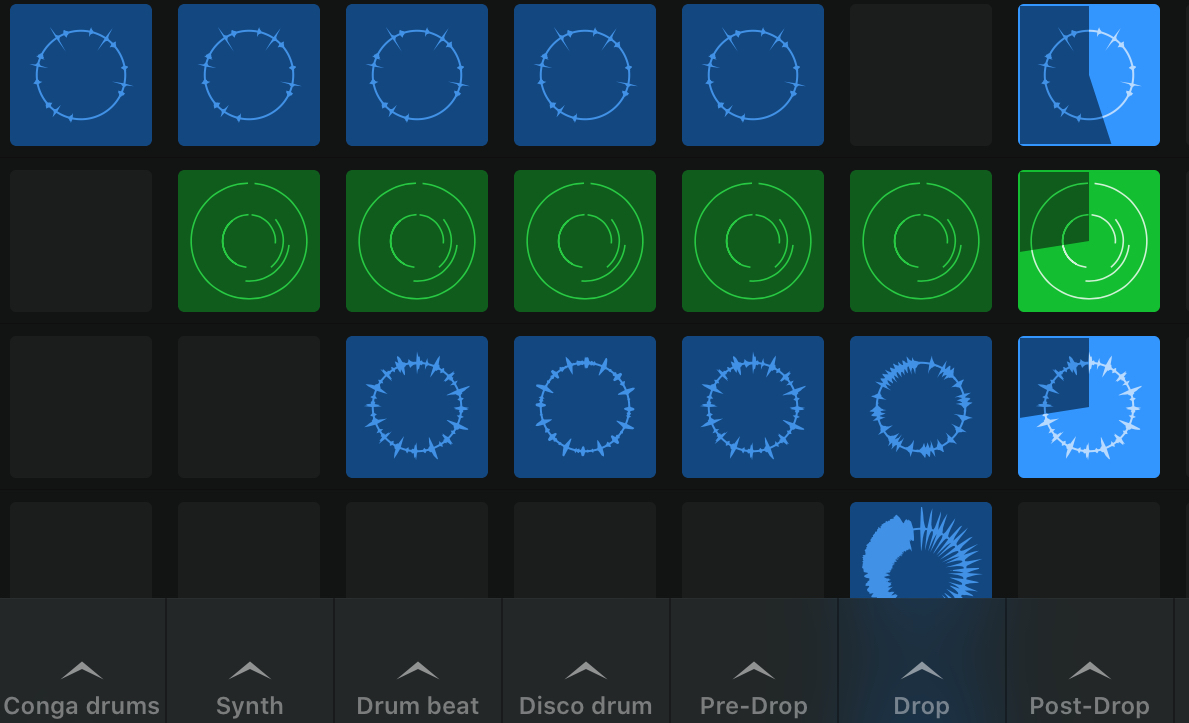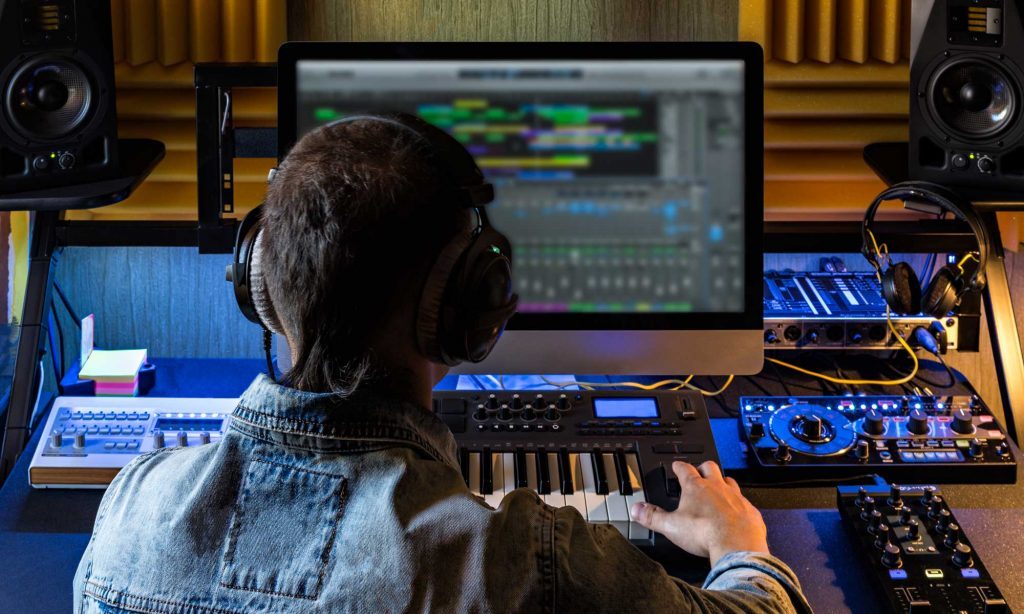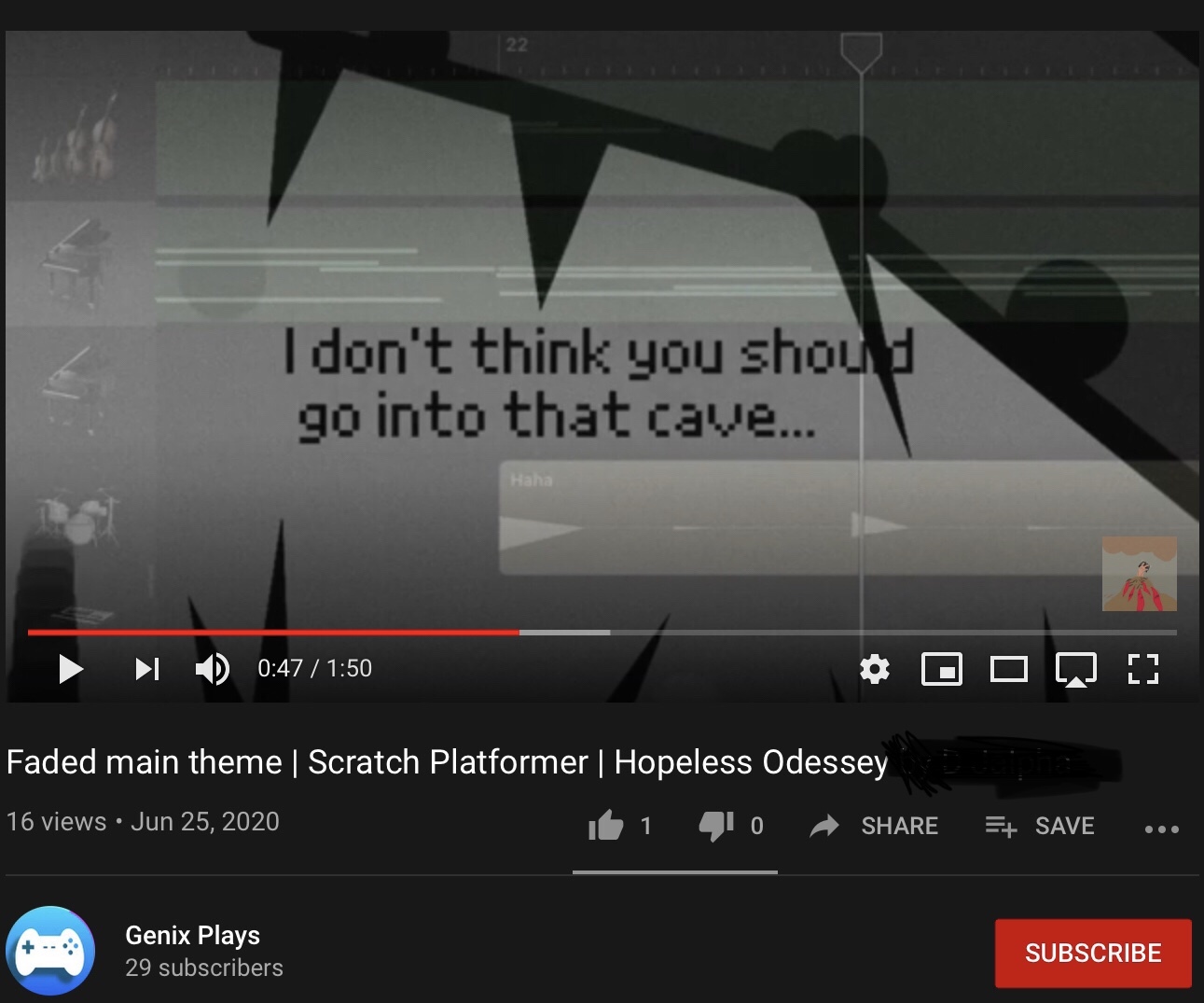How to Make Decent Music Digitally
by dlesser16 in Circuits > Audio
286 Views, 2 Favorites, 0 Comments
How to Make Decent Music Digitally

When you are making music on a computer-based device (iPad, iPhone, MacBook, Laptop, Computer, etc.) there are multiple things to consider.
Firstly, there is choosing a D.A.W. (Also known as a digital audio workstation) to make or produce music on.
Secondly, there is the matter of what hardware to use (do you want a MIDI keyboard, that allows you to play the keyboard for any virtual instrument? How about a Synthesizer?)
Finally, there is a decision on how you want to release it.
Firstly, there is choosing a D.A.W. (Also known as a digital audio workstation) to make or produce music on.
Secondly, there is the matter of what hardware to use (do you want a MIDI keyboard, that allows you to play the keyboard for any virtual instrument? How about a Synthesizer?)
Finally, there is a decision on how you want to release it.
Supplies
-Anything that you can download software on (internet required)
-Digital Audio Workstation software (such as GarageBand, Logic Pro X, or Ableton)
-Anything else you may want... purely optional.
-Digital Audio Workstation software (such as GarageBand, Logic Pro X, or Ableton)
-Anything else you may want... purely optional.
Choosing a Digital Audio Workstation (DAW)
There are most likely thousands of different options for what software to use, so in this step, I will narrow it down to the best workstations, and provide some pros and cons.
1) GarageBand
Whilst being completely free on iPad and iPhone OS, not only is there the option of a sequencer view, where you can drag loops into exact positions, but there is also live loops, with many presets and a lot of downloadable content, which really makes this software unique and perfect for beginners. As far as I could tell, the only drawback is it’s reputation for being beginners software, and lack of a few minor options.
2) LogicProX
LogicProX is only available on MacBooks, and it is also very pricey. It is the same as GarageBand, but with a point and click interface, the ability to make custom effect plugins using code, the ability to edit every aspect of MIDI data, and so much more. It would only be worth it if you can get your hands on it for free.
3) Ableton
Ableton is a piece of software that is not only tailored to music production, but also live performances, using their own-brand launchpad (or launchpad mini), although it can be difficult to navigate at times if you just want to experiment with early ideas. There are multiple different versions of this, with different features and for different price ranges.
WHATEVER YOU DO, MAKE SURE TO AVOID USING AUDACITY, IT IS HORRIBLE FOR MUSIC PRODUCTION AND IS USUALLY USED FOR AUDIO PRODUCTION IN MOVIES. But then again, which ever one you use, it is your decision. SO BE CAREFUL TO AVOID AUDACITY.
1) GarageBand
Whilst being completely free on iPad and iPhone OS, not only is there the option of a sequencer view, where you can drag loops into exact positions, but there is also live loops, with many presets and a lot of downloadable content, which really makes this software unique and perfect for beginners. As far as I could tell, the only drawback is it’s reputation for being beginners software, and lack of a few minor options.
2) LogicProX
LogicProX is only available on MacBooks, and it is also very pricey. It is the same as GarageBand, but with a point and click interface, the ability to make custom effect plugins using code, the ability to edit every aspect of MIDI data, and so much more. It would only be worth it if you can get your hands on it for free.
3) Ableton
Ableton is a piece of software that is not only tailored to music production, but also live performances, using their own-brand launchpad (or launchpad mini), although it can be difficult to navigate at times if you just want to experiment with early ideas. There are multiple different versions of this, with different features and for different price ranges.
WHATEVER YOU DO, MAKE SURE TO AVOID USING AUDACITY, IT IS HORRIBLE FOR MUSIC PRODUCTION AND IS USUALLY USED FOR AUDIO PRODUCTION IN MOVIES. But then again, which ever one you use, it is your decision. SO BE CAREFUL TO AVOID AUDACITY.
The Creative Process

When you first try music technology, it would be worth noting that experimentation is key. Start off your potential career as an artist by looking for good loops, playing certain chords at certain times, or all of the above. There is no end to the possibilities...
If that way of creating doesn’t suit you, try picking a few different basic elements for your song, and find loops that fit those categories. Drag them in at certain points when you think it is about to feel boring, so as to prevent people from swiping it out of their playlist. Find your own formula(e) to success. It is your music after all...
If that way of creating doesn’t suit you, try picking a few different basic elements for your song, and find loops that fit those categories. Drag them in at certain points when you think it is about to feel boring, so as to prevent people from swiping it out of their playlist. Find your own formula(e) to success. It is your music after all...
How to Distribute Your Song

Choosing the correct platform is key. Maybe you want to start your own website (in which case you should get carrd pro at try.carrd.co/genix ), or a new YouTube channel. You may get that verified mark someday.... a few other platforms worth mentioning are:
-Spotify
-Deezer
-Trap Nation
-Record labels
-Anything you may come up with
-Spotify
-Deezer
-Trap Nation
-Record labels
-Anything you may come up with
An Afterword
In the world of creativity, there are no wrong answers. That’s the amazing thing about it!
A few other things worth considering during the creative process are wether you want someone to sing into a microphone, for the purpose of gathering samples for your song, or how much you need to limit your spending...
Thank you for reading.
A few other things worth considering during the creative process are wether you want someone to sing into a microphone, for the purpose of gathering samples for your song, or how much you need to limit your spending...
Thank you for reading.